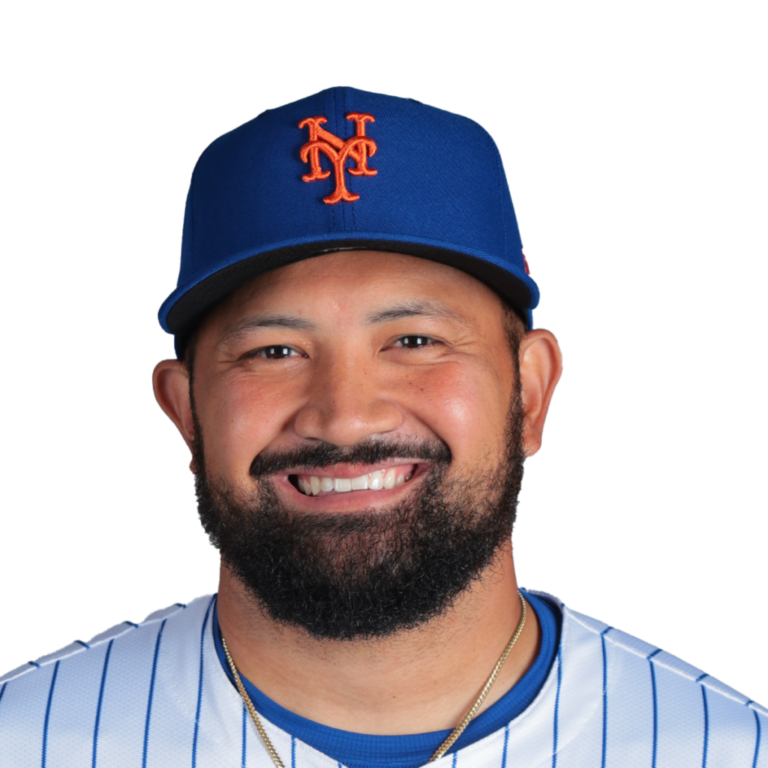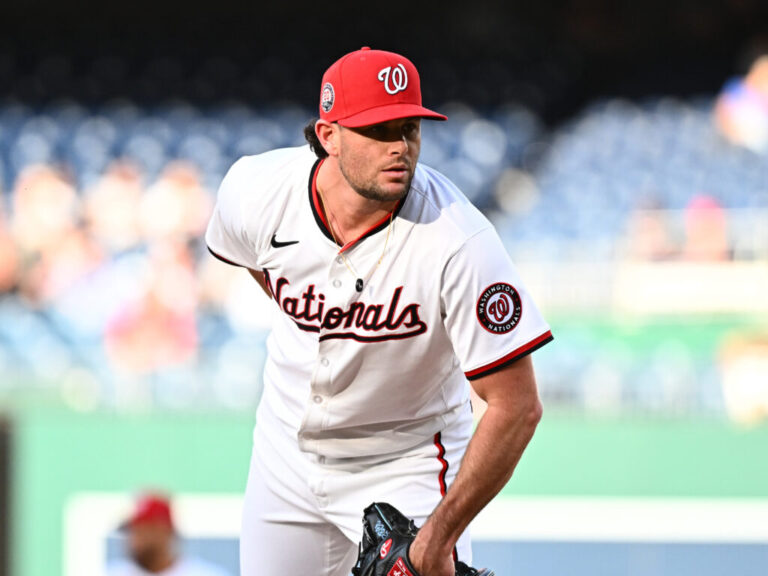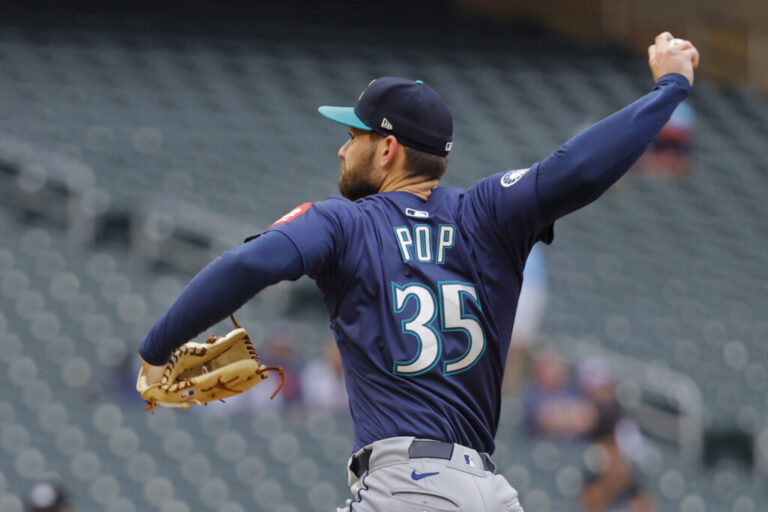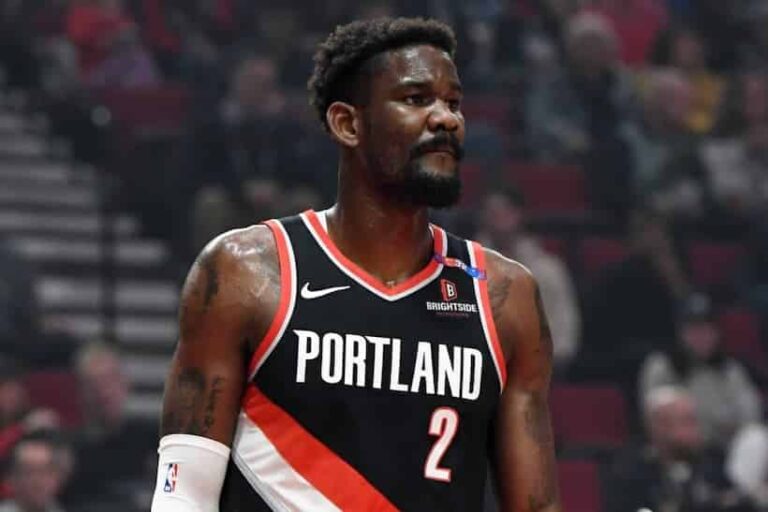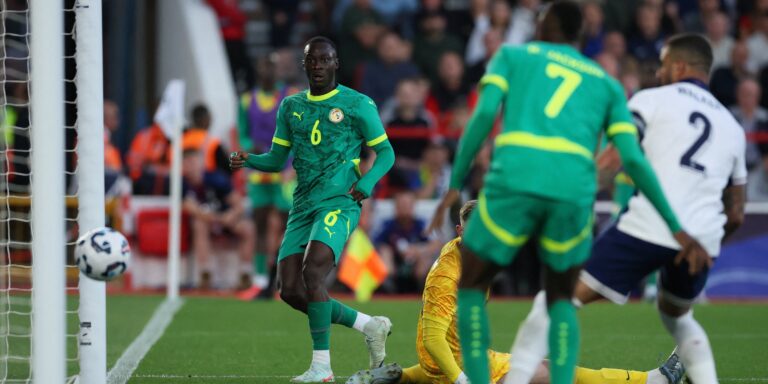

The following article is part of Jay Jaffe’s ongoing look at the candidates on the BBWAA 2025 Hall of Fame ballot. For a detailed introduction to this year’s ballot, and other candidates in the series, use the tool above; an introduction to JAWS can be found here. For a tentative schedule, see here. All WAR figures refer to the Baseball Reference version unless otherwise indicated.
2025 BBWAA Candidate: Troy Tulowitzki
| Player | Pos | Career WAR | Peak WAR | JAWS | H | HR | SB | AVG/OBP/SLG | OPS+ |
|---|---|---|---|---|---|---|---|---|---|
| Troy Tulowitzki | SS | 44.5 | 40.2 | 42.4 | 1391 | 225 | 57 | .290/.361/.495 | 118 |
SOURCE: Baseball-Reference
With his combination of a powerful bat, good range, sure hands, the occasional spectacular leap, and a strong and accurate arm, Troy Tulowitzki had the primary attributes of a Hall of Fame shortstop, like Nomar Garciaparra before him. He debuted in the majors just 15 months after being chosen with the seventh pick of the 2005 draft, and helped the Rockies reach the World Series for the first time following a stellar rookie season. By the time he finished his age-30 season, he’d made five All-Star teams, won two Gold Gloves, and signed the eighth-largest contract in baseball to that point. The face of the Rockies’ franchise appeared well on his way to Cooperstown, but like Garciaparra — whose number he wore as an amateur — Tulowitzki battled a seemingly endless series of injuries until he could take it no more. He never topped his rookie total of 155 games, played in just 71 from his age-32 season onward, and retired at 34, leaving us to wonder what might have been.
Even with rate stats that were inflated by playing in Coors Field, Tulowitzki’s 121 OPS+ during the 2007–16 span ranked second among all shortstops behind only Hanley Ramirez (130). His 95 Defensive Runs Saved during that span ranked third, and despite playing in just about 74% of his team’s games due to a slew of injuries, his 44.0 WAR for that decade ranks 11th in the majors, and first among shortstops, 10.4 WAR ahead of Ramirez.
…
Troy Trevor Tulowitzki was born on October 10, 1984 in Santa Clara, California to Michelle Honeycutt and Ken Tulowitzki; the couple would later separate. His father worked as deliveryman for a calibration lab and coached his son’s teams from Little League — where he was a ball-hogging shortstop — up until high school. In 1997, when Troy was 12, he led his Sunnyvale team to the Little League West Regional finals. Though he grew up an A’s fan, Tulowitzki idolized Garciaparra and the great shortstops such as Cal Ripken Jr., Derek Jeter, and Alex Rodriguez who established that bigger men could thrive at the position. He wore Garciaparra’s no. 5 through his amateur days before switching to Jeter’s no. 2 as a professional.
At Fremont High School, Tulowitzki made varsity in each of his four seasons, lettered twice in basketball, and was his school’s Athlete of the Year as a senior. On the diamond, he pitched in addition to playing shortstop; during his junior year, he went 15-1 and hit .536. Twice he earned second-team All-State honors. Undrafted and lightly recruited out of high school, he weighed scholarship offers from a handful of California schools, including UC Irvine, UC Santa Clara, Cal State Northridge, and San Jose State. He chose Long Beach State, which had an opening after its top shortstop failed to qualify academically.
In his three years as a Dirtbag, Tulowitzki made two all-Big West teams (second team in 2003, first in ’04), earned various All-American honors, and in 2004 was the starting shortstop for the U.S. collegiate national team, which he helped to a gold medal in the World University Baseball Championship. He drew comparisons to Long Beach State alum Bobby Crosby, another 6-foot-3 shortstop who became a first-round pick by the A’s in 2001, and roomed with future major leaguers John Bowker and Evan Longoria.
Though Tulowitzki missed 20 games in the spring of his junior year due to a broken hamate, Baseball America raved about the 6-foot-3, 205-pound shortstop ahead of the 2005 draft: “He plays with exceptional intensity and an unrivaled passion for the game… He has no holes in his game and all his tools are close to big league-ready. He is a top defender who has adjusted well to the speed of the game. He has an above-average arm and good footwork, unlike as a freshman when he relied on his raw arm strength… He now projects to hit 25-30 homers a year in the big leagues.”
The Rockies chose Tulowitzki with the seventh pick of a draft that at the time was regarded as remarkably deep, with Justin Upton, Alex Gordon, Jeff Clement, Ryan Zimmerman, Ryan Braun and Ricky Romero chosen ahead of him, and Andrew McCutchen, Jacoby Ellsbury, and Colby Rasmus among those chosen later in the round. In 2008, Sports Illustrated’s Tom Verducci wrote that the 2005 group was “likely to eclipse the greatest in baseball history: 1985, when Barry Bonds, Barry Larkin, Rafael Palmeiro, Will Clark, B.J. Surhoff, Pete Incaviglia and Gregg Jefferies were among the first 22 picks.” Looking into the future is hard.
Rockies general manager Dan O’Dowd called the selection of Tulowitzki “a franchise-changing” moment, and signed his top pick with a $2.3 million bonus. Tulowitzki moved quickly through the minors. He began his professional career at High-A Modesto, where he hit .266/.343/.457 with four homers in 22 games but missed time due to a torn quadriceps. At Double-A Tulsa in 2006, he hit .291/.370/.473 with 13 homers in 104 games, mainly while batting leadoff, a means of teaching him to be more selective with his approach. “He’s talented but the best thing about him is how hard he works,” Tulsa manager Stu Cole told Baseball America. “He has the work ethic where he’s always trying to get better.”
The Rockies called up Tulowitzki in late August, after just 126 minor league games. His major league debut was nothing to write home about: on August 30, 2006, he went 0-for-4 against the Mets, with starter David Williams striking him out twice and reliever Guillermo Mota once. He beat out an infield hit against Oliver Pérez the next day, had a 4-for-4 day with a walk against the Dodgers on September 3, and hit his first homer against the Padres’ Woody Williams on September 4. Though he hit just .240/.318/.292, he was so impressive in the Arizona Fall League after the season that Baseball America named him the league’s top prospect.
The 2006 Rockies went 76-86, a nine-game improvement over ’05 but their sixth straight losing season and eighth out of nine. In 14 seasons of existence to that point, they had finished above .500 just four times, never with more than 83 wins; their lone playoff appearance came after going 77-67 (.535) in the lockout-shortened 1995 season. That changed in 2007, with Tulowitzki, left fielder Matt Holliday, and first baseman Todd Helton leading the way. After beating out Clint Barmes for the starting job, Tulowitzki hit .291/.359/.479 (109 OPS+) with 24 homers, an off-the-charts 31 DRS, and 6.8 WAR, the last of which ranked fifth in the league. The Rockies were a respectable 76-72 as of September 15, 4 1/2 games back in the Wild Card race, but with a 13-1 run they tied the Padres for the Wild Card spot on the final scheduled day of the regular season, forcing a tiebreaker game. In a 13-inning thriller, Tulowitzki went 4-for-7 with two doubles and a triple, and came up big in the decisive rally. His RBI double off Trevor Hoffman in the bottom of the 13th trimmed San Diego’s lead to 8-7, and he came around to score the tying run on Holliday’s triple. The Rockies won when Jamey Carroll’s sacrifice fly sent Holliday home, though the call on the play at the plate will forever be disputed.
With that, the Rockies won the Wild Card spot, then swept the Phillies in the Division Series and the Diamondbacks in the NLCS before being swept by the Red Sox in the World Series. Tulowitzki hit just .195/.267/.341 in the postseason, with a Division Series Game 2 solo homer off Kyle Kendrick rating as his top highlight.
After the season, Tulowitzki finished as runner-up in the NL Rookie of the Year voting behind Braun, who hit 34 homers and slugged an NL-high .634 but was so dreadful on defense that he finished with just 2.0 WAR.
Aware that they had a franchise cornerstone on their hands, the Rockies locked up the 23-year-old Tulowitkzi for the duration of his team control years and the first year of his potential free agency with a six-year, $31 million extension in January 2008. But though he collected three hits against the Cardinals in an Opening Day win, he didn’t even make it out of April unscathed. He strained his left quad on April 29 and missed 51 days, then another 15 in July after slicing open his right palm when his maple bat shattered after he pounded it against the ground in frustration. He needed 16 stitches for “a stupid injury that I could have prevented.” Between the two injuries, he hit just .166/.246/.298 in the first half while the Rockies went 39-57. Though he collected five hits against the Dodgers in his return to the lineup, and hit .327/.389/.469 in the second half, he finished with just eight homers, an 85 OPS+, and 0.8 WAR.
Starting with an Opening Day homer off the Diamondbacks’ Brandon Webb, and two more in the 2009 season’s first four days, Tulowitzki rebounded in impressive fashion, hitting .297/.377/.552 (131 OPS+) with 32 homers, 20 steals, 13 DRS and 6.5 WAR, a performance that placed him fifth in the NL MVP voting. The Rockies began the season just 18-28, but with bench coach Jim Tracy taking over for fired manager Clint Hurdle in late May, they set a franchise record with 92 wins, and claimed another Wild Card spot, though they were ousted by the Phillies in a four-game Division Series.
Though he played just 122 games in 2010 and 143 in ’11 due to injuries, Tulowitzki was outstanding when he was available, and more or less matched his numbers from ’09 in both seasons. He hit 27 homers with a 138 OPS+ and 6.7 WAR (third in the league) in 2010 despite losing nearly six weeks to a hamate fracture in his left wrist, then followed up with 30 homers, a 131 OPS+, and 6.2 WAR (fourth in the league) in ’11. He won Gold Gloves and made the NL All-Star team in both campaigns, and was voted into the starting lineup in the latter year. He made a bit of noise in the MVP voting as well, finishing fifth again in 2010 (two spots behind teammate Carlos González), and eighth in ’11.
In between those two seasons, the Rockies added another seven years and $134 million to the 26-year-old shortstop’s existing deal. “I can’t wait to be here my entire career,” said Tulowitzki of the resulting 10-year, $157.75 million contract, the eighth-largest in baseball history to that point. He spoke of a talk with O’Dowd and owner Dick Monfort:
“I said it definitely is a possibility I want to be here my whole career, but there’s a lot of things that have to work out, such as money, such as a commitment to winning,” Tulowitzki said. “And all the answers I received from the beginning stayed on a straight line. They never veered off. And they sold me.”
Despite that commitment to winning, the Rockies declined to 83-79 in 2010, 73-89 in ’11, and 64-98 in ’12, a season in which Tulowitzki was limited to 47 games due to a left groin strain that required surgery after he reinjured it while on a rehab assignment. Though he tried to rehab in August and September, he “was unable to clear mental and physical hurdles during rehab games in Double-A Tulsa and Triple-A Colorado Springs,” according to the Denver Post, and never made it back to the lineup.
The litany of injuries continued even while Tulowitzki performed at a superstar level. He totaled 10.7 WAR in just 217 games (7.4 per 150 games) while being voted to start the All-Star Game in both 2013 and ’14. He lost four weeks in mid-2013 after breaking a rib while diving for a ball, but the more crushing blow came the next year. In the June 2 edition of Sports Illustrated, Ben Reiter wrote about Tulowitzki’s desperate attempt to stay healthy and the extent to which the Rockies’ high altitude residence affected the physiology of the team’s players:
Tulowitzki became convinced that the source of at least some of his maladies was the same thing that, for 22 years now, has caused baseballs to travel farther at Coors Field than in any other ballpark: Denver’s mile-high altitude. “You hear guys on the bases say, ‘My body feels like crap today,’” Tulowitzki says. “I’ll say, man, try to play 81 games here. It’s known: You play in Colorado, you’re going to be extra sore. There were times when I had slight pulls here and there that I played through, but it wasn’t the smartest thing to do. I just ran it out there every day until it broke.”
By this point Tulowitki had taken an extreme approach to nutrition, forgoing desserts and traveling with a personal assistant to stock his hotel room with the right foods. Additionally, he installed a hyperbaric chamber on the first floor of his house, where he slept nightly:
What Tulowitzki needed to do was to focus maniacally on a daily routine that he has designed not just to keep him on the field — he believes that his large stature, for a shortstop, has contributed to his breakdowns — but to operate each night at nothing short of his peak. It involves hours of scripted workouts, stretching, video study, ice baths, hydration and a hyperbaric chamber.
The unorthodox regimen seemed to be working at the time, as Tulowitzki was in the midst of what was shaping up to be his best campaign (.340/.432/.603, 170 OPS+, 25 HR, 5.7 WAR) when he strained a left hip flexor while running out a groundball on July 19. Four weeks later, he underwent season-ending surgery to repair a torn labrum in his left hip, which doctors believed was contributing to his ongoing leg injuries: “Since suffering a torn left quadriceps early in 2008, Tulowitzki, 29, has been compensating for left leg muscles that haven’t fired properly since,” wrote MLB.com’s Thomas Harding.
Tulowitzki recovered from surgery in time to begin the next season in the lineup, collecting three hits (two doubles) against the Brewers on Opening Day and remaining largely healthy through the season’s first four months. However, after losing 96 games in 2014, the Rockies continued to muddle along. On July 27, 2015, they did something that had once seemed unthinkable if not impossible, trading Tulowitzki (and reliever LaTroy Hawkins) to the Blue Jays in exchange for pitchers Miguel Castro, Jeff Hoffman, and Jesus Tinoco plus shortstop José Reyes, with the Blue Jays responsible for the remaining $107.5 million on his contract. Though rumors about possible trades had been swirling since the team lost 11 straight games in May, Tulowitzki said at the time that he hadn’t asked for a trade: “Whatever happens on the Rockies’ end happens, but for me to sit here and try to force my way out of here, that’s not the case.”
Tulowitzki described himself as “blindsided” by the trade and particularly by the lack of advance notice before he was pulled from the Rockies’ game. He joined a team that was just 50-50 at the time, but the Blue Jays also added David Price, Mark Lowe, and Ben Revere at the deadline in an effort to reach the playoffs for the first time since their 1993 championship. Tulowitzki went 3-for-5 with a pair of doubles and a homer against the Phillies in his debut. He scuffled thereafter, hitting for just an 89 OPS+ the rest of the way and missing 18 games in September due to a cracked left scapula, suffered in a collision with center fielder Kevin Pillar. Even so, the Blue Jays went 43-19 after he was acquired, and won the AL East.
Tulowitzki, who was less than 100% healed when he returned, went just 2-for-21 in the team’s Division Series win over the Rangers — the one punctuated by José Bautista’s bat flip — but one of those hits was a three-run homer off Chi Chi González that powered Toronto to a 5-1 win in Game 3. He hit .304/.304/.522 in the ALCS against the Royals, with a three-run homer off Johnny Cueto in Game 3 and a three-run double off Kelvin Herrera in Game 5 looming large in the Blue Jays’ two series wins.
Tulowitzki helped the Blue Jays win 89 games and claim a Wild Card spot in 2016 with a solid and comparatively full season; he played 131 games, missing three weeks due to a right quad strain. Though he hit a modest .254/.318/.443 (102 OPS+) with 24 homers, strong defense (9 DRS) boosted his value to 3.2 WAR. While he went 0-for-4 in the Wild Card game versus the Orioles, and 2-for-18 in the ALCS against Cleveland, he was 6-for-13 with a triple, a homer and five RBI against the Rangers in the Division Series rematch, highlighted by a bases-loaded triple off Cole Hamels in Game 2 and a two-run homer off Yu Darvish in Game 3.
Unfortunately, there wasn’t much left to his career, not that anyone knew it at the time. Tulowitzki played just 66 games in 2017, struggling to an 80 OPS+ while losing time to a right hamstring strain and an ankle sprain; later in that season, he learned he’d sustained ligament damage in the ankle as well. He missed all of 2018 after undergoing surgery in April to remove bone spurs in both heels, though it wasn’t until August that a return was ruled out. In November, the Blue Jays grew tired of the endless cycles of injuries and rehab, releasing Tulowitzki with $38 million to go on his contract.
In January 2019, Tulowtizki signed with the Yankees, who needed a fill-in at shortstop while Didi Gregorius recovered from Tommy John surgery. He made the team out of spring training and homered off the Orioles’ Richard Bleier in his second game, but strained his left calf four days later, and re-strained it while on a rehab assignment on May 1. Even after he agreed to play other positions besides shortstop for the first time in his career once he returned, his stalled progress led the Yankees to send him home to Southern California in early June to reevaluate his options. Ultimately, he decided he’d had enough. Upon announcing his retirement on July 25, he took a job as a volunteer assistant coach at the University of Texas. He’s currently the Longhorns’ full-time hitting coach.
Troy Tulowitzki’s Performance and Injuries
| Season | Team | G | PA | HR | OPS+ | WAR | Days Lost | Injury |
|---|---|---|---|---|---|---|---|---|
| 2006 | Rockies | 25 | 108 | 1 | 53 | -0.4 | ||
| 2007 | Rockies | 155 | 682 | 24 | 109 | 6.8 | ||
| 2008 | Rockies | 101 | 421 | 8 | 85 | 0.8 | 67 | quad strain (51), thumb laceration (16) |
| 2009 | Rockies | 151 | 628 | 32 | 131 | 6.5 | ||
| 2010 | Rockies | 122 | 529 | 27 | 138 | 6.7 | 39 | hamate fracture |
| 2011 | Rockies | 143 | 606 | 30 | 131 | 6.2 | ||
| 2012 | Rockies | 47 | 203 | 8 | 113 | 0.4 | 126 | groin strain (surgery) |
| 2013 | Rockies | 126 | 512 | 25 | 139 | 5.0 | 28 | rib cage fracture |
| 2014 | Rockies | 91 | 375 | 21 | 170 | 5.7 | 71 | hip labrum (surgery) |
| 2015 | Rox/Jays | 128 | 534 | 17 | 101 | 2.6 | 20* | scapula fracture |
| 2016 | Blue Jays | 131 | 544 | 24 | 102 | 3.2 | 21 | quad strain |
| 2017 | Blue Jays | 66 | 260 | 7 | 80 | 0.9 | 99 | hamstring strain (34), ankle sprain (65) |
| 2018 | Blue Jays | 0 | 0 | 0 | 0 | 0.0 | 189 | bone spurs in heels (surgery) |
| 2019 | Yankees | 5 | 13 | 1 | 121 | 0.0 | 115 | calf strain |
| Total | 1291 | 5415 | 225 | 118 | 44.5 | 775 |
Though Tulowitzki is one of 22 shortstops to accumulate at least 40 WAR in his seven best seasons — a strong indicator of future election to the Hall of Fame — his early retirement and the loss of nearly five full seasons to time on the injured list limits his career totals. Still, even with his absences, he was the game’s best shortstop for a time. When he was healthy enough to play, man, could Tulo play.
